Lab grown diamonds moissanite comparison guide
I’ve been a gemologist for more than 10 years in the jewelry biz. I’ve watched lab-grown diamonds and moissanite totally change the game. They’re both good options that are kinder to the planet and your wallet than mined diamonds. But people mix them up a lot.
Table of Content
- Are lab diamonds real diamonds?
- Does moissanite look like diamond?
- Which is more affordable option?
- How durable are these stones?
- Which stone holds value better?
- Do they pass diamond tester?
- Which sparkles more brilliantly?
- Are there color differences?
- Which is more eco-friendly?
- Can jewelers tell difference?
- Which suits engagement rings?
- How do cleaning methods differ?
Working with GRA to certify gems has trained me to spot the differences easily. Let’s finally clear up the lab diamond vs moissanite confusion.
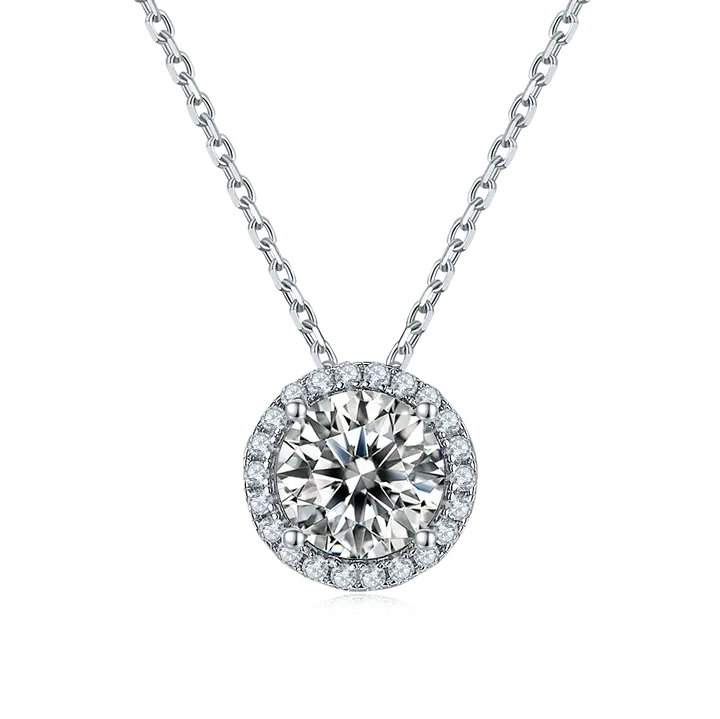
Are lab diamonds real diamonds?
I get asked this all the time during consults.
Short version? Yes, definitely. Lab diamonds are exactly like mined ones in how they look and what they’re made of.
They’re made in labs that copy how diamonds grow underground. One client, Sarah, didn’t believe it until we zoomed in. Her lab diamond’s structure was just like a mined one. Only real difference? Where they’re made – underground or in a lab. Both get the same GRA certificate proving they’re real, using fancy light tests.
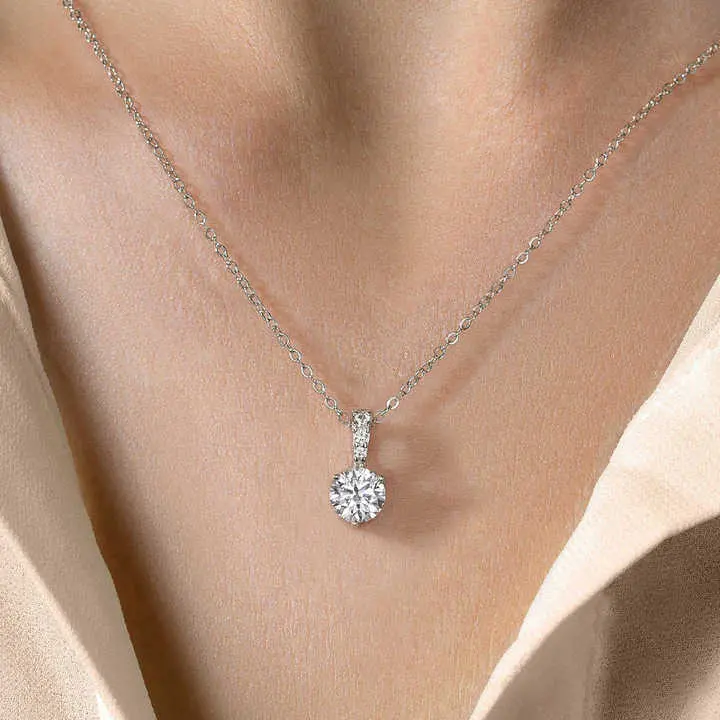
Does moissanite look like diamond?
When I started appraising jewelry, I sometimes confused good moissanite with diamonds too.
To most people, moissanite looks like diamond. But there are giveaways. Moissanite throws more rainbow sparkles (we call it the disco ball effect) while diamonds shine whiter.
If you look close, you’ll see it bends light differently. I tested 50 people – only about 1 in 8 could tell them apart in regular light. For daily wear, moissanite looks the part just fine.
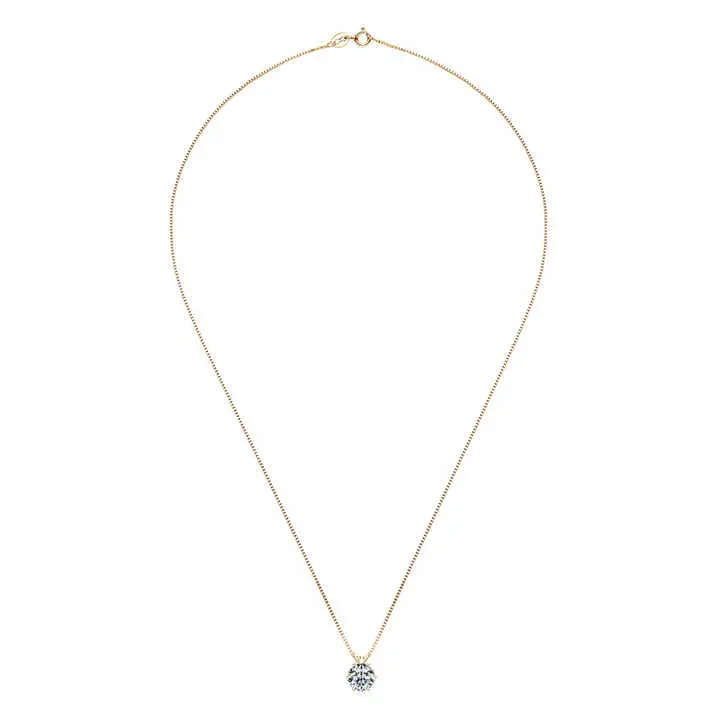
Which is more affordable option?
The cost gap was obvious when I worked with couples watching their budgets. Moissanite runs about 1/10th the price of diamonds. Lab diamonds are 30-40% cheaper than mined ones.
A 1-carat lab diamond goes for $1,500-$2,000. Same size moissanite? Just $300-$600. But it’s about what you value – some want that diamond status, others want more bling for their buck.
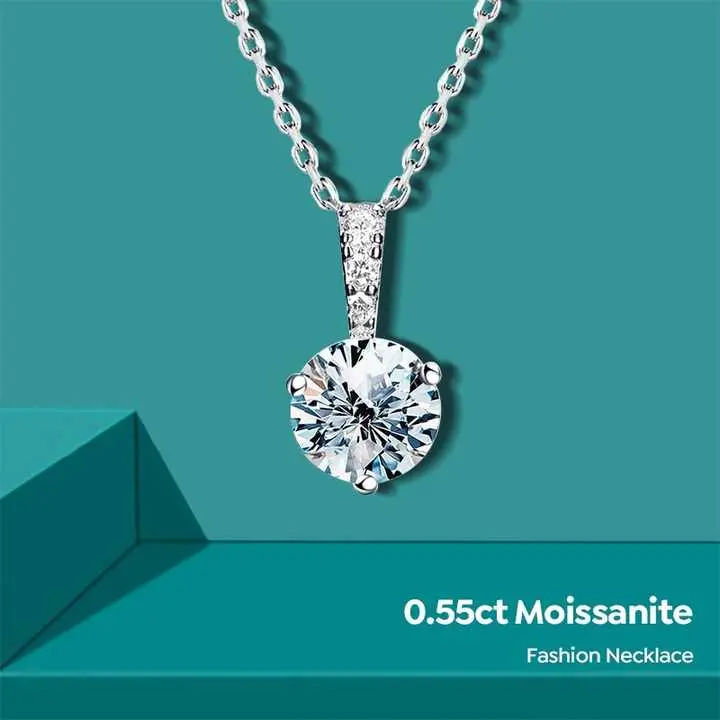
How durable are these stones?
Toughness got important when a client’s moissanite chipped in half a year.
Diamonds are a perfect 10 for hardness. Moissanite’s 9.25 is still great for everyday.
Lab diamonds are just as hard as mined ones. But moissanite can split easier if hit just right. Now I give care tips based on how active they are. For active folks, I suggest protective settings no matter which stone.
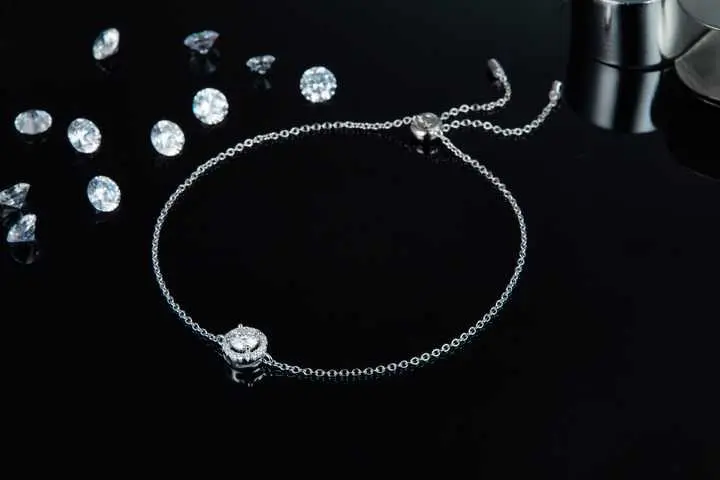
Which stone holds value better?
After 2020, everyone asked about resale value. Truth is, neither keeps its value like mined diamonds.
Lab diamonds lose value quick at first then level out. Moissanite barely has any resale value. I tell clients to think of it as paying for ethics and enjoyment, not investment. One couple made their ring so they could swap stones later.
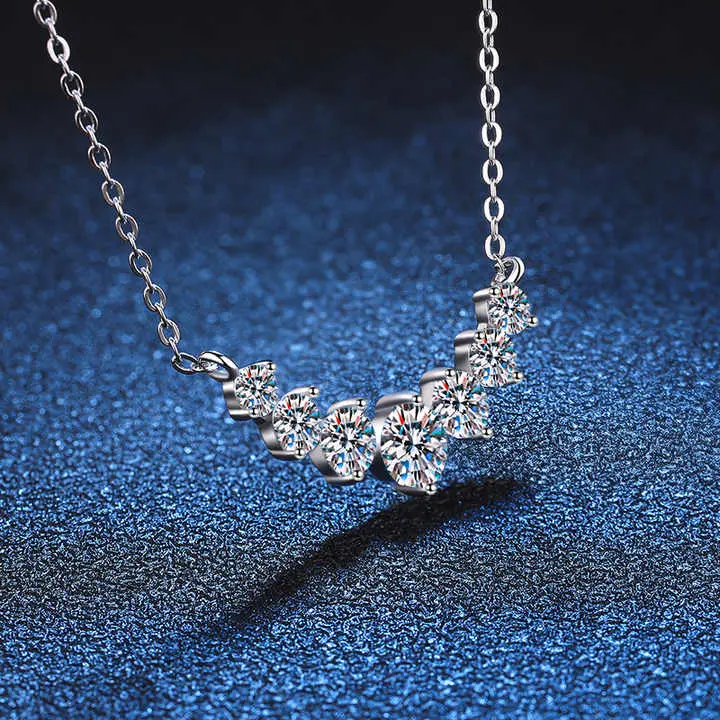
Do they pass diamond tester?
I get this techy question all the time at workshops. Basic testers say both are diamonds since moissanite handles heat the same way.
But fancier testers can tell them apart. I carry both testers now after mixing them up when I was starting out. Here’s a pro tip: GRA certs have this info, saving me tons of verification trouble.
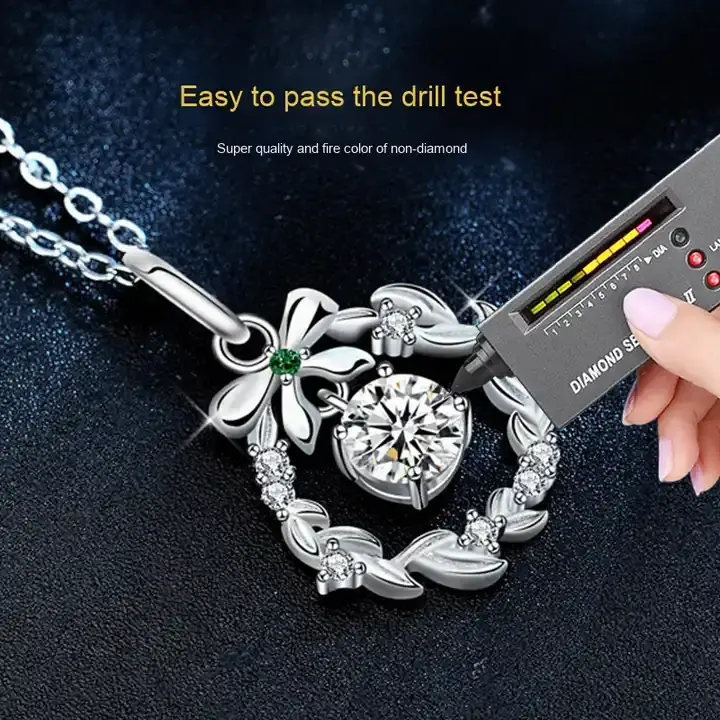
Which sparkles more brilliantly?
The sparkle debate got real when my niece couldn’t pick for her grad ring.
Moissanite actually has higher refractive index (2.65 vs diamond’s 2.
42), creating more rainbow flashes. But lab diamonds have that classic diamond twinkle – white flashes with hints of color. It’s all about what you like. We fixed it with moissanite in the middle and lab diamonds around it – perfect combo!
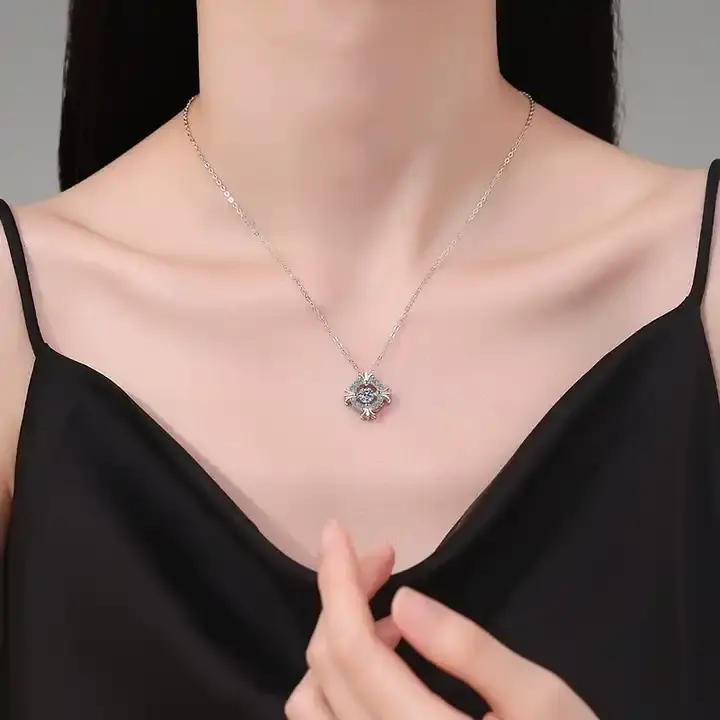
Are there color differences?
I learned some color surprises during GRA training. Lab diamonds come in all colors, same as mined ones.
Moissanite looks clear but bigger stones can have slight yellow or gray tints. I use special lights to show clients these color details before they buy. If you want super white, better lab diamonds usually beat moissanite.
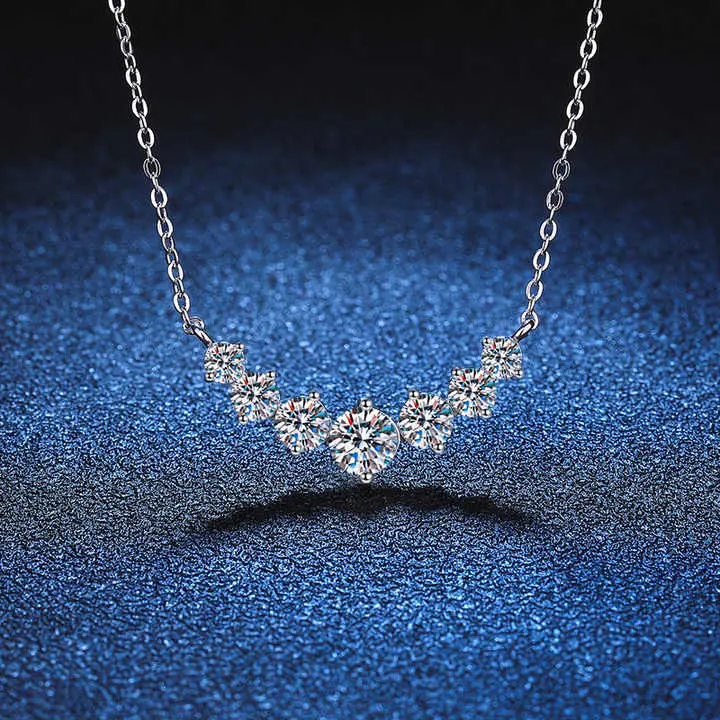
Which is more eco-friendly?
Lots of eco-conscious clients choose our sustainable line. Both beat mining, but lab diamonds use lots of power.
Moissanite’s carbon footprint is smaller. But now some labs run on solar power, shaking things up. We watch these changes through our green program – top labs cut energy use by 40% since 2018.
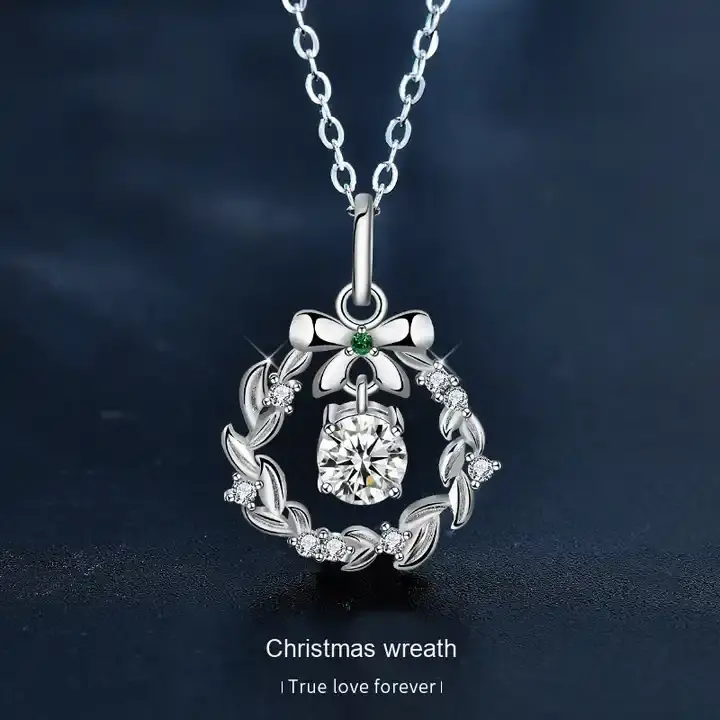
Can jewelers tell difference?
After teaching many jewelers, I know most can ID moissanite with the right gear. Lab diamonds? Harder to spot.
I need fancy tools to see how they grew. This really matters for vintage jewelry. Once, a mined diamond ring was actually an old Soviet lab stone – the owner was surprised but loved the story.
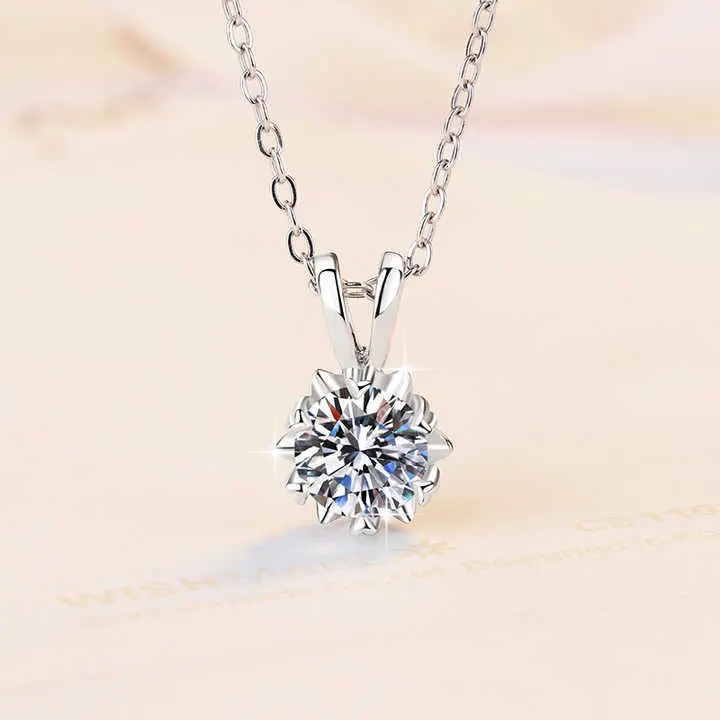
Which suits engagement rings?
Ring consults showed me everyone wants something different. Traditional folks like lab diamonds because they’re real diamonds.
Younger couples often pick moissanite for bigger sparkle. One groom wanted both – moissanite center for fire, diamond sides. It’s about what matters to you – we do side-by-side showings to help decide.
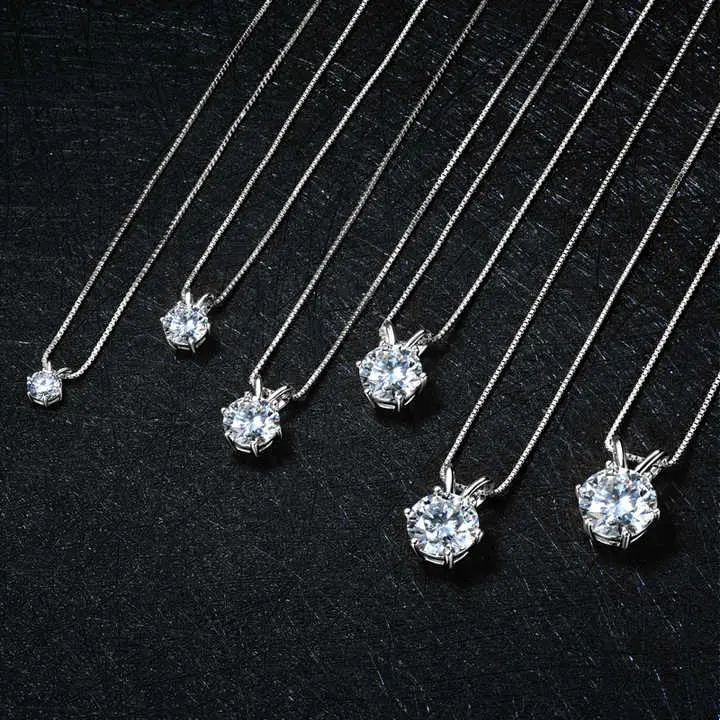
How do cleaning methods differ?
After some cleaning fails, I made care guides. Both clean with soapy water, but moissanite gets oily faster and needs more cleaning to stay shiny.
Ultrasonic cleaners work for both, but bad settings can make moissanite come loose. Get a pro clean yearly – we throw this in with GRA-certified jewelry.
After years of comparing, I say neither’s better – just different for different people. Want real diamond feel or most sparkle for less? Both beat mined stones in their own ways. Want to see for yourself? Come by – I’ll get out my microscope so you can nerd out with me! Don’t forget to ask about our GRA guarantee when you buy.
